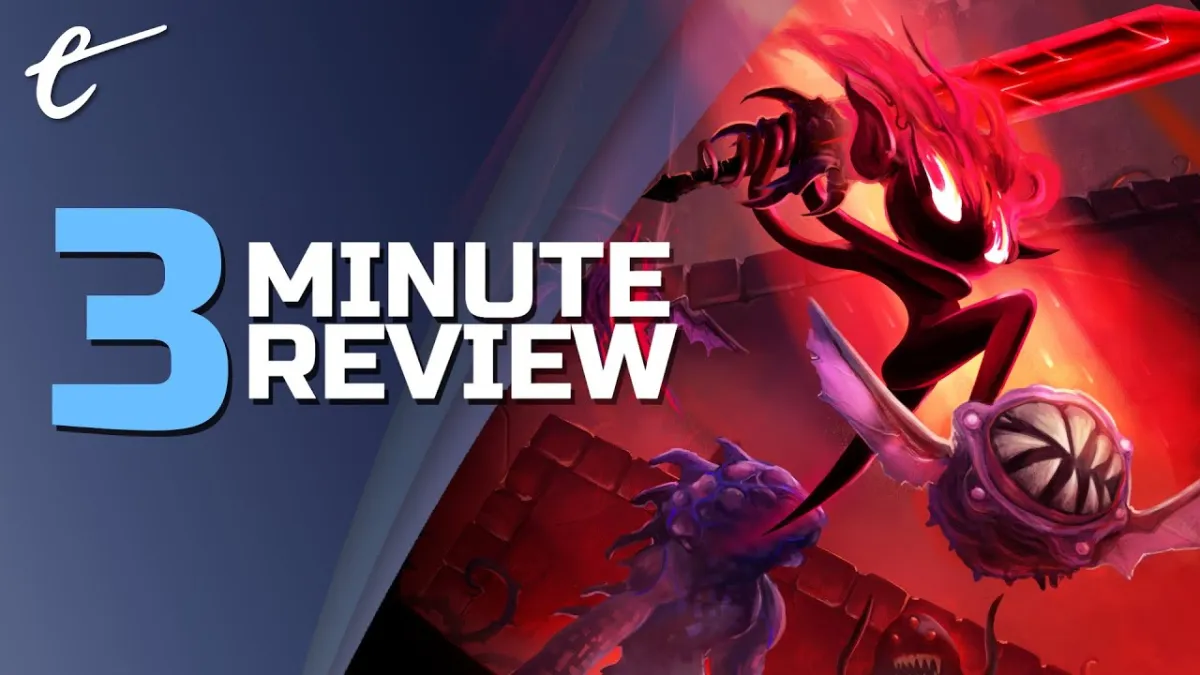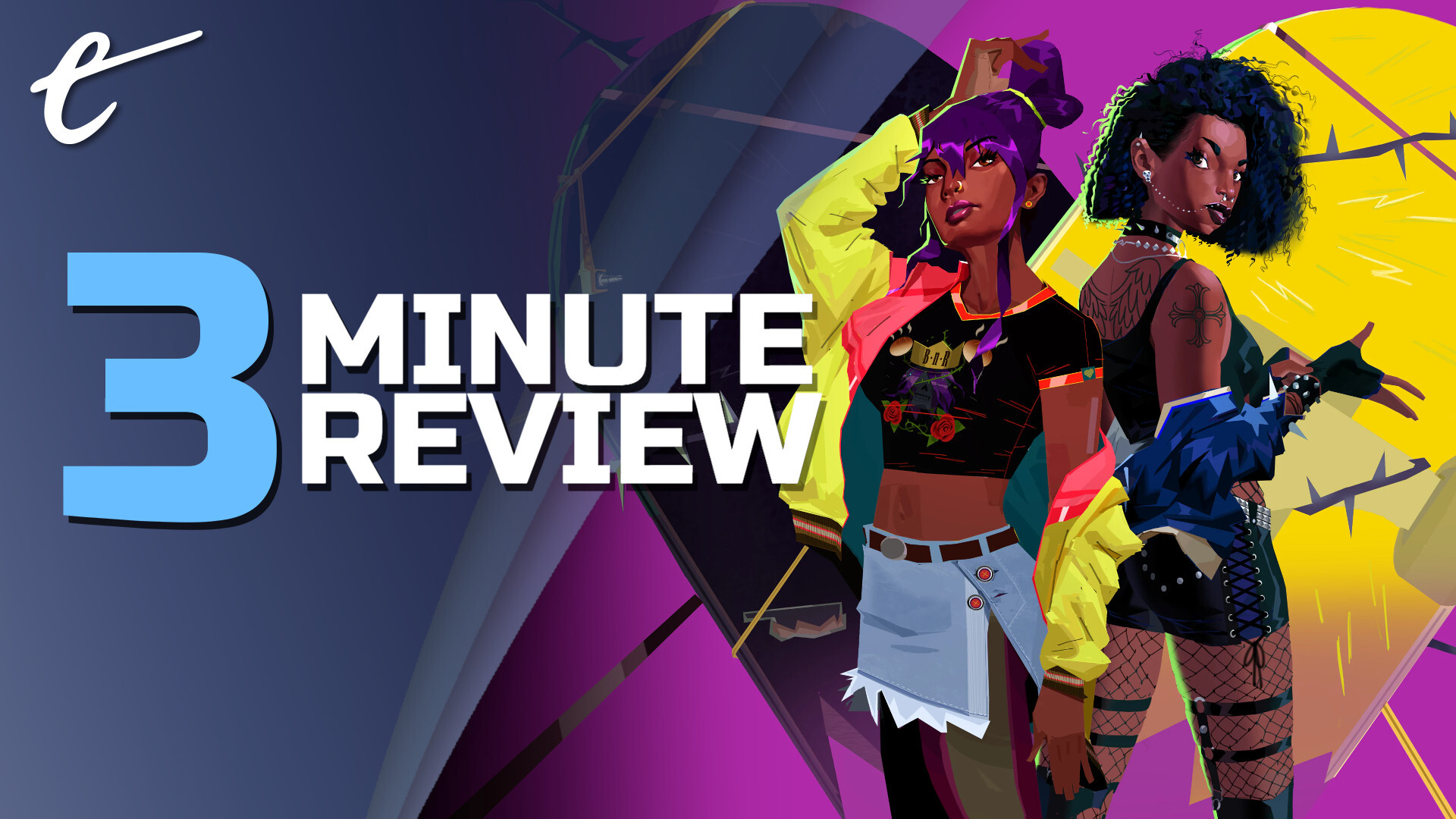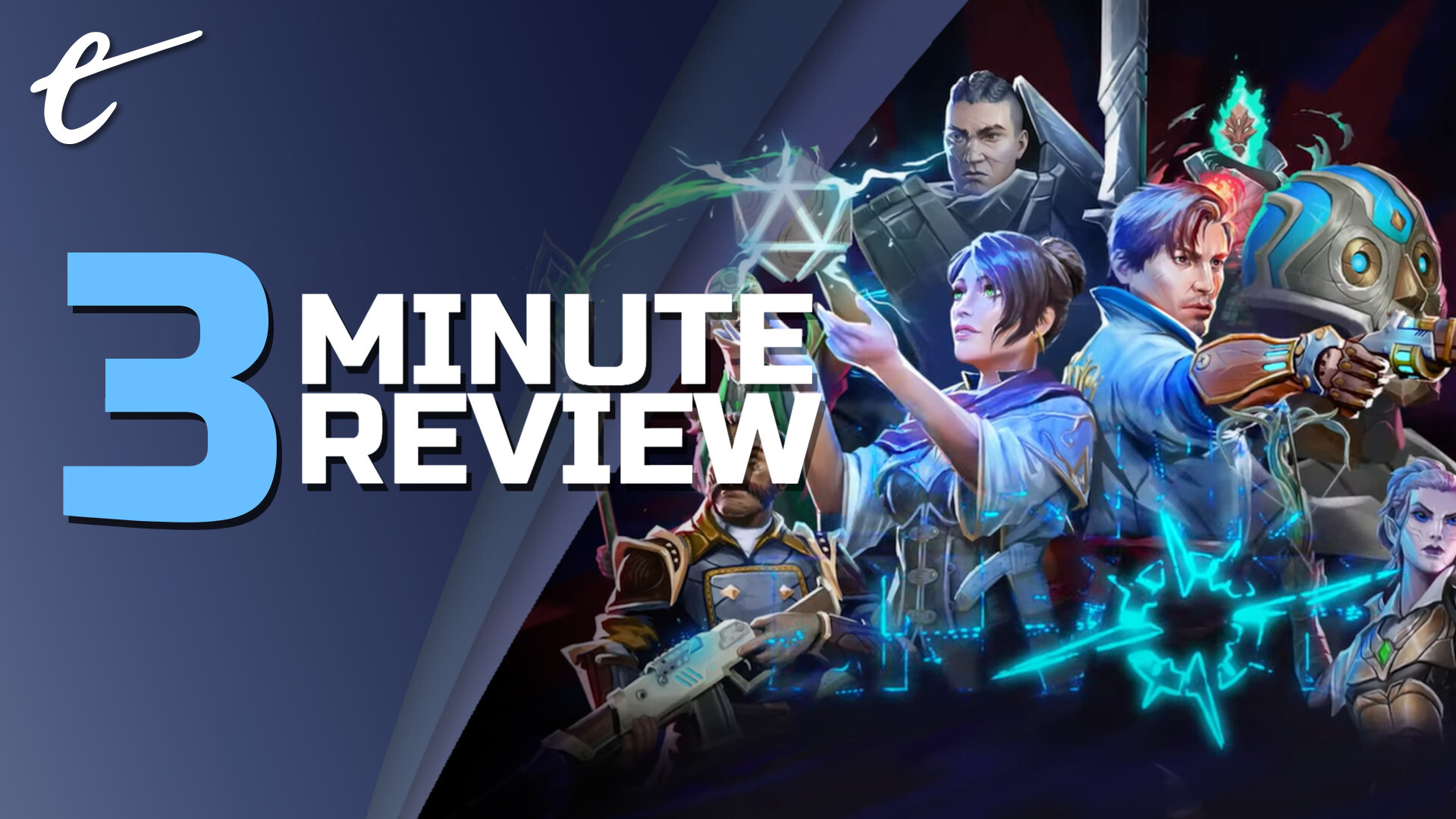Doomblade is a 2D action Metroidvania developed by Muro Studios and published by Iceberg Interactive. While lacking a bit of polish, this game offers an interesting alternative to the usual indulgences of the genre without feeling like it’s trying too hard to reinvent the wheel. The precision-based clicking combat, which feels taken out of a rhythm game like osu!, immerses you in battle and traversal in a way I didn’t think possible, but this style of play may not be for everyone.
The Doomblade is a sentient weapon of immense power and immeasurable wrath that has summoned you, an abandoned Gloom Girl, to free it from its chains, wield it, and carry out its revenge against the Dread Lords. The art may seem simple enough, as far as 2D animations go, but the masterful composition and slow exposure to the world never stops making you feel all-powerful and insignificant with every step you take through the Lowlands. From industrial rock to mellow tunes, the music perfectly captures the vibes of a fractured environment made up of tainted woodlands, haunted mines, an ethereal void, and a mechanical parasite.
You start with a jump and then gain your main move, a slash attack that launches you directly towards the enemy you target. It’s straightforward and genuinely feels invigorating to flick and chain attacks all over the screen as you traverse the environment or clear a room of baddies without touching the ground. It can be frustrating at times if you’re not used to a game making demands of your mouse hand to this degree, but you can use a controller. If you’re not used to a twin-stick scheme that has you jumping with the triggers, you can rebind your buttons, but personally I feel the controller lacks the pinpoint precision necessary to pick out a target in a group.
At first, you can only attack enemies and you bounce off of solid objects until you eventually gain extra powers that let you attack through walls, fly upwards, slam down, and create your own targets. With each one, the game pushes you to use your skills in creative ways to make it through hazards and boss fights. Some, like the lasers and thorn bushes, require dexterity and timing. Some boss fights let you indulge in good old-fashioned button mashing, while others are brutally punishing if you don’t figure out the meaning of the riddle on the statue before the fight. If you need to cool off, there’s plenty to explore in the surrounding areas and lots of secrets to boost your character, uncover lore, or fight optional bosses. I finished the main storyline on my first playthrough at around 8 hours of gameplay with 70% completion.
The minor details are what hold the game back from being great. While I do enjoy the world design that allows me to approach any area in multiple ways, more often than necessary, you don’t know if you’re going the right way or if you were sidetracked into another dead end by extra content. I had a few moments where my game bugged out and whatever was shown on the map disappeared or the game reached a state where it refused to progress unless I loaded back in. The worst part is the game’s balance can reach tedious levels of difficulty if you don’t acquire the rune or potion upgrades that decrease your cooldowns or let you do more damage.
All in all, Doomblade is a solid Metroidvania with unique execution and a superb art direction, but it’s missing some quality-of-life touches that cover up the usual pitfalls. People who prefer to abstain from games that require rapid pointing and clicking will probably find this game off-putting. However, the gameplay is built around a combat and traversal system that will make those who can grasp it feel like they’re conducting a deadly symphony of frantic mouse swiping, button clicking, and sword clashing.
Doomblade is available May 31 on PC for $17.99.
Watch the Review in 3 Minutes for Doomblade.





